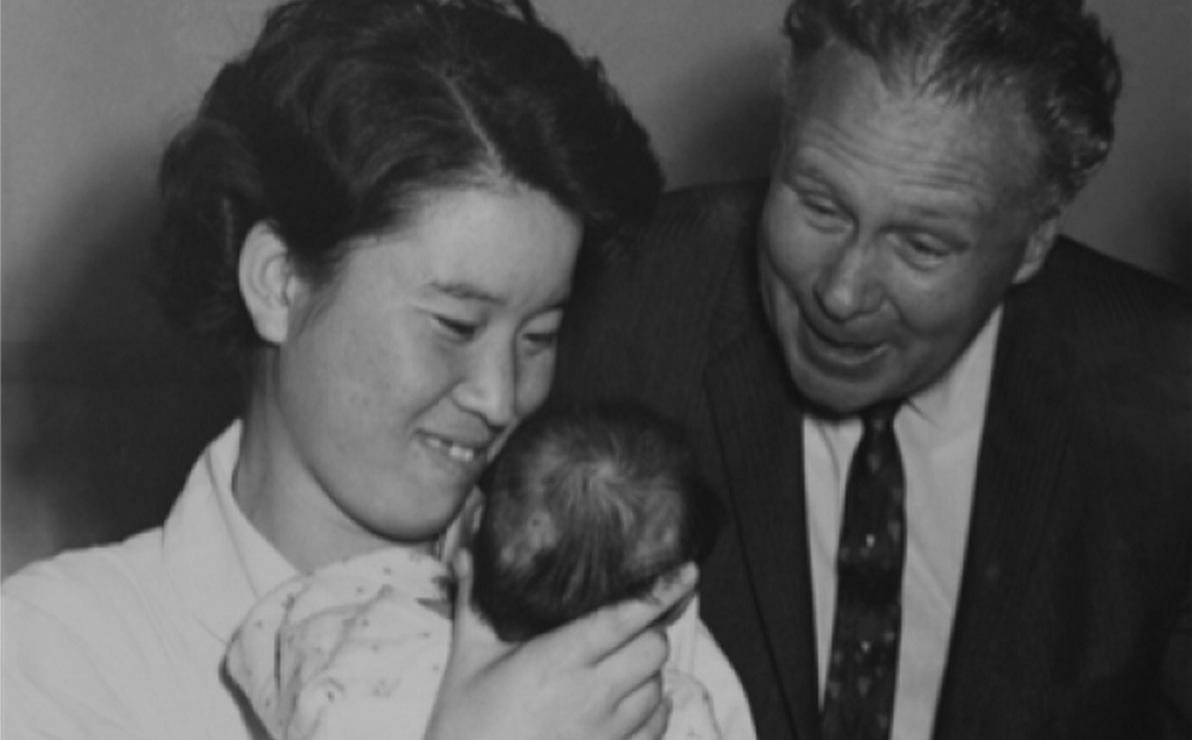In 1947 Rev. Pierce met Tena Hoelkedoer, a teacher, while on a trip to China. She introduced him to a battered and abandoned child named White Jade. Unable to care for the child herself, she asked, "What are you going to do about her?" Rev. Pierce gave the woman his last five dollars and agreed to send the same amount each month to help the woman care for the girl.
This encounter was a turning point for Rev. Pierce. He began building an organisation dedicated to helping the world's children, and in 1950 World Vision was born. The first child sponsorship programme began three years later in response to the needs of hundreds of thousands of orphans at the end of the Korean War.
Over the next several decades we expanded our work throughout Asia, Latin America, Africa, the Middle East and Eastern Europe.
In the 1970s, we embraced a broader community development model and established an emergency relief division. We also attempted to address the causes of poverty by focusing on community needs such as water, sanitation, education, health, leadership training and income generation.
We began the 21st century by strengthening our advocacy efforts, particularly on issues related to child survival. We became more active in working with governments, businesses and other organisations in addressing issues such as child labour, children in armed conflict and the sexual exploitation of women and children.
Today World Vision, together with microfinance subsidiary VisionFund International , is one of the world’s leading humanitarian organisations. Over 40,000 staff members (including part time and temporary staff and employees of microfinance institutions) implement programmes of community development, emergency relief and promotion of justice in nearly 100 countries.



